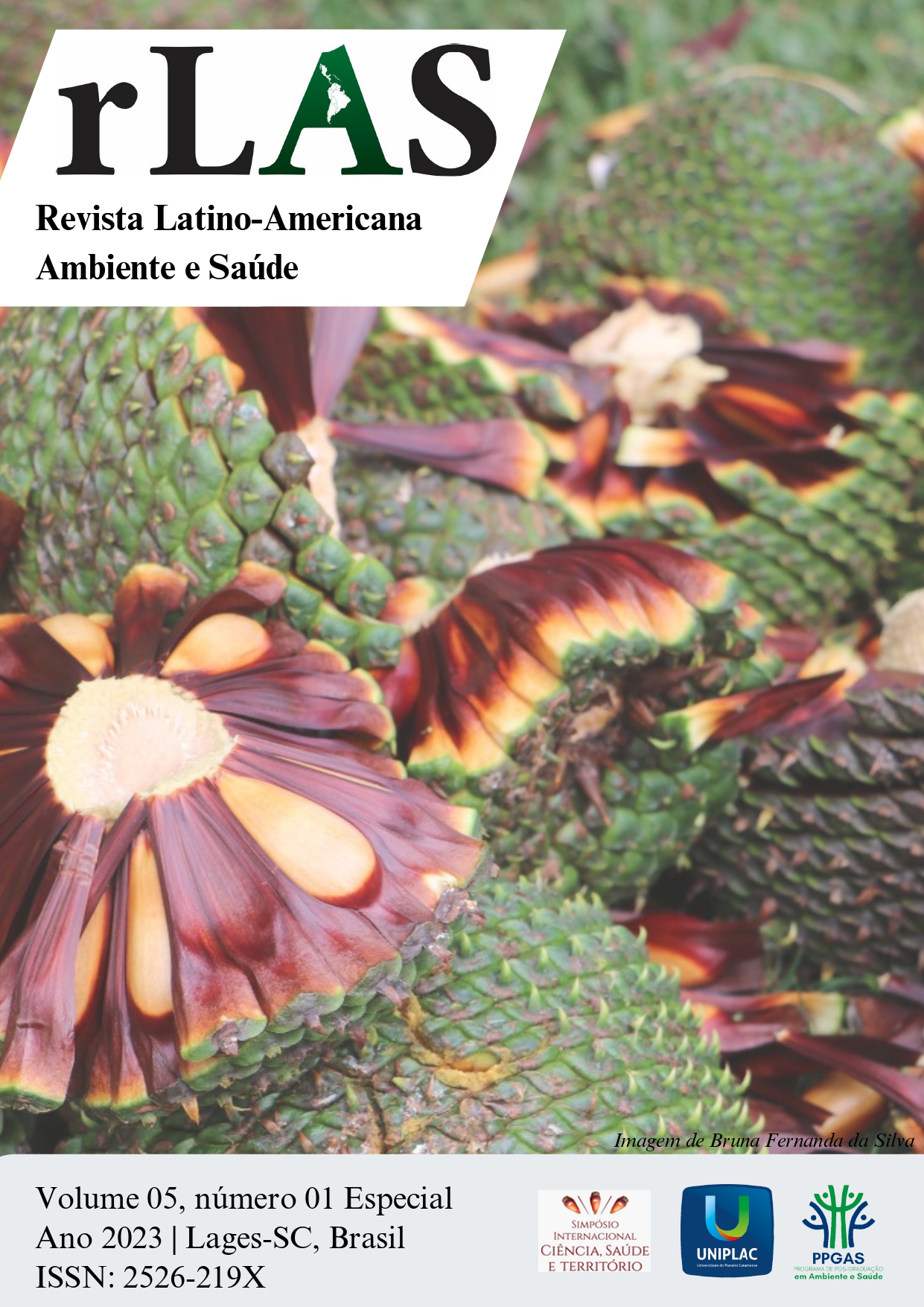Use of peat to mitigate contamination by pyritous tailings on soil
Keywords:
Mining, Toxicity, Trace elementAbstract
The objective of this study was to assess the potential of peat in reducing the toxicity of
trace elements on soybean plants grown in soils contaminated with pyrite waste from coal
mining areas. The study was conducted in a greenhouse using a completely randomized experimental design with five replications. Four increasing doses of peat (0.0, 7.5, 15.0,
and 30.0%) were applied to the pyrite tailings-contaminated soil. Each treatment used
pots containing 1.5 kg of contaminated soil with three soybean seeds (Glycine max L.)
sown. The study evaluated leaf length, leaf width, leaf area, dry mass, and SPAD index.
Results were subjected to ANOVA using the F-test at a significance level of 5%. Linear
and quadratic regression equations were fitted using Sigma Plot 12.5 softwares. The
results showed that the soybean plant height decreased with increasing doses of peat,
while the SPAD index increased with peat dose increments. However, the study suggests
that peat may not be an efficient alternative for mitigating soils contaminated with pyrite
waste.
References
ALI, H.; KHAN, E.; SAJAD, M. A. Phytoremediation of heavy metals—concepts and applications. Chemosphere, v. 91, n. 7, p. 869-881, 2013.
COSTA, E.; SILVA, H.; RIBEIRO, P. R. Matéria orgânica do solo e o seu papel na manutenção e produtividade dos sistemas agrícolas. Enciclopédia Biosfera, v. 9, n. 17, 2013.
JACUNDINO, J. S. et al. Interactions between humin and potentially toxic metals: Prospects for its utilization as an environmental repair agent. Journal of Environmental Chemical Engineering, v. 3, n. 2, p. 708-715, 2015.
JESUS, S.V.; MARENCO, R.A. O SPAD-502 como alternativa para a determinação dos teores de clorofila em espécies frutíferas. Acta Amazonica, Manaus, v.38, n.4, p.815-818, 2008.
JORGE, R. A. B. et al. Torta de filtro e turfa na mitigação de solo contaminado com resíduo de sucata rico em boro. Bragantia, v. 69, p. 467-476, 2010.
LEBRUN, M. et al. Effect of biochar amendments on As and Pb mobility and phytoavailability in contaminated mine technosols phytoremediated by Salix. Journal of Geochemical Exploration, v. 182, p. 149-156, 2017
MALAVOLTA, E; VITTI, G. C.; OLIVEIRA, S. A. Avaliação do estado nutricional das plantas. Princípios e aplicações. 2ª ed. Piracicaba: POTAFOS, 319p, 1997.
MENCH, M. et al. Physico-chemical aspects and efficiency of trace element immobilization by soil amendments. 1999.
PARK, J.H.L. et al. Role of organic amendments on enhanced bioremediation of heavy metal(loid) contaminated soils. Journal of Hazardous Materials, v. 185, p. 549–574, 2011.
SILVEIRA, P. M.; BRAZ, A. J. B. P.; DIDONET, A. D. Uso do clorofilômetro como indicador da necessidade de adubação nitrogenada no feijoeiro. Pesquisa Agropecuária Brasileira, v. 38, n. 9, p. 1083-1087, 2003. Disponível em: https://www.scielo.br/pdf/pab/v38n9/18286.pdf. Acesso em: 20 mar. 2020.
TEDESCO, M. J. et al. Análise de solo, plantas e outros materiais. 2.ed. Porto Alegre: Departamento de Solos, UFRGS. 174p, 1995.


